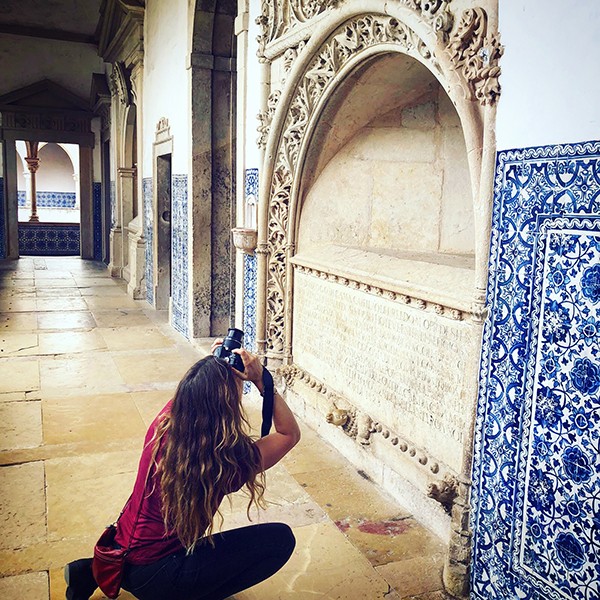Sculpted funerary monuments were among the most inventive and spectacular artworks produced in early modern Portugal. Despite their considerable artistic and historical value, aristocratic Portuguese tombs have rarely been the subject of sustained or monographic study, either individually or collectively. My project rectifies this lacuna by analyzing Portuguese tombs as a distinct genre of sculpture, re-situating these works within their broader European context.
Monuments of impressive scale and artistry, early modern Portuguese tombs were enduring yet inherently subjective memorials. In the early 15th century, patrons began to not only take advantage of tombs as vehicles for self-representation, but to exploit them as opportunities for self-promotion. Coinciding with the peak of Portugal’s imperial aspirations, 15th-century tombs featured formulaic but inventive sculptural programs that both memorialized and manipulated the public image of patrons, families, and factions. These calculated, performative exhibitions of status and political allegiance were often created in conjunction with other commissions, such as chronicles or dynastic pantheons, intended to augment the memory of the dead in the collective imagination of their viewers.
Building upon extensive fieldwork and archival research, my dissertation investigates tombs’ social, political, and artistic impact through visual, literary, and historical sources, exploring ideas of death and memory in Renaissance Portuguese society and elucidating the function of tombs as persuasive, as well as commemorative, objects. Revealing a dramatic shift in priorities from spiritual salvation to personal historicization, tombs from the early 15th century onward signaled the deceased person’s virtues by celebrating worldly accomplishments, military exploits, and courtly accolades. Increasingly elaborate and image-conscious monuments, such as the tomb of Count Pedro de Meneses (1370?–1437) in Santarém, evince a newfound sense of historical agency. Its epigraphy reveals the tomb’s transformation from prayer prompt to historical document, as royal chroniclers began to both author epitaphs and use them as source material for their histories. Functioning as selective portraits of the dead, tomb sculpture transformed into an inherently rhetorical, political, and artistic genre. The ecclesiastical settings of sepulchers, furthermore, afforded ambitious and reputationally concerned patrons additional visibility, moral validation, and narrative legitimacy. The impact of these monuments and their messages was heightened by the lack of a strong portraiture tradition in the plastic arts of early modern Portugal.


